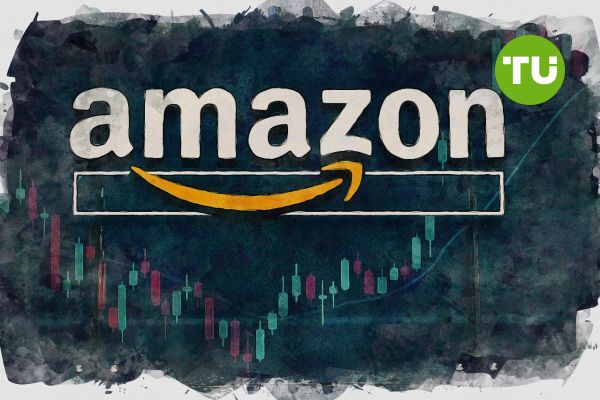Amazon stock nears $185 as AWS and ads drive growth despite tariff concerns
 The company’s revenue reached $637.96 billion in the TTM
The company’s revenue reached $637.96 billion in the TTM
As of April 15, 2025, Amazon.com Inc. (NASDAQ: AMZN) is trading at $184.87, reflecting a 2.01% gain from the previous trading session.
The stock has been in a strong uptrend since early 2024, supported by robust earnings and improving margins. Technically, AMZN is trading above its 50-day moving average ($174.52) and 200-day moving average ($161.29), signaling bullish momentum. The Relative Strength Index (RSI) is currently at 68, approaching overbought territory, which could indicate a near-term consolidation.
Key support is seen at $178, which previously acted as a resistance level before being broken in early April. Below that, $167 serves as a more robust support zone aligning with the 50-day MA. On the upside, resistance is projected at $190, with psychological resistance around the $200 level. The stock’s 52-week range is between $102.45 and $188.65, suggesting strong year-over-year appreciation driven by earnings and operational efficiency. With a market capitalization of $1.96 trillion and average daily volume exceeding 45 million shares, Amazon remains one of the most liquid and widely followed large-cap stocks.
AMZN stock price dynamics (February 2025 - April 2025). Source: TradingView.
Adding to the bullish technical setup, Amazon’s options market shows increased activity in out-of-the-money calls expiring in May and June, with open interest in the $200 strike calls for June 21 exceeding 75,000 contracts—up nearly 28% over the past week.
This indicates growing investor appetite for upside exposure in the near term. Implied volatility for 30-day at-the-money options currently stands at 26.4%, slightly above its 3-month average of 24.7%, suggesting traders are pricing in potential catalysts such as upcoming Q1 earnings and macroeconomic data. The accumulation/distribution line has climbed 5.6% month-over-month, reflecting consistent net buying pressure. These metrics support a continuation of the uptrend, provided no major shocks disrupt sentiment.
Fundamentals and macro context
Amazon’s trailing twelve-month (TTM) earnings per share (EPS) is $5.53, putting its current price-to-earnings (P/E) ratio at 33.43. While that figure is slightly above the S&P 500 average, investors are pricing in continued growth in high-margin segments. The company’s revenue reached $637.96 billion in the TTM, with net income of $59.25 billion and a healthy profit margin of 9.29%. Amazon's balance sheet remains solid, boasting $101.2 billion in cash and manageable long-term debt levels. The debt-to-equity ratio stands at 54.34%, offering financial flexibility.
Two key growth drivers continue to shape Amazon's investment narrative: Amazon Web Services (AWS) and its advertising business. AWS revenue rose 19% year-over-year to $28.8 billion in the most recent quarter, with operating margins reaching 38.1%, up from previous quarters. The advertising segment is growing even faster, contributing significantly to margin expansion and free cash flow. These high-margin operations are critical in offsetting the thinner margins of Amazon’s retail and logistics businesses.
Analysts have responded favorably. Out of 76 surveyed by FactSet, 71 rate AMZN as a "Buy" or "Overweight," with none recommending a "Sell." Notably, Bank of America recently revised its price target to $225 from $257, citing short-term macro pressures but maintaining a bullish long-term outlook. J.P. Morgan similarly adjusted its target to $220 from $270 while reiterating its positive stance.
Market scenarios
Looking forward, the stock appears positioned for continued gains, assuming stable macroeconomic conditions. If Amazon successfully navigates tariff risks and maintains its growth trajectory in AWS and advertising, the stock could test the $200 psychological barrier by mid-Q2 2025. The current consolidation phase offers potential entry points for medium- to long-term investors.
However, downside risk remains. New tariffs could dampen consumer sentiment and enterprise cloud budgets. Mizuho analyst James Lee cautions that up to 50% of AWS customers might trim budgets in 2025, posing a threat to cloud revenue growth. If macro pressures intensify, a retest of the $167–$170 support zone is plausible.
Last week, Mark Cuban criticized the lack of accurate product labeling and called for stricter testing standards before items are sold, specifically urging Amazon and federal regulators to take action. He highlighted concerns over discrepancies between listed ingredients and actual contents, arguing that current safeguards fail to protect consumers.













































































































































